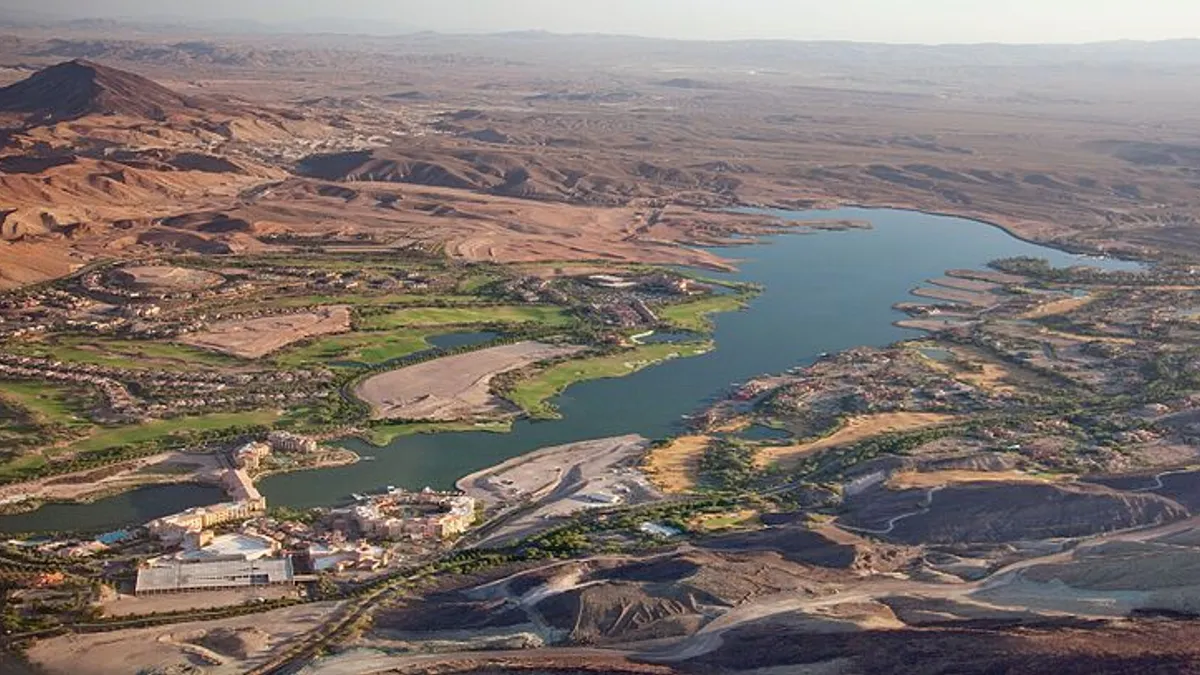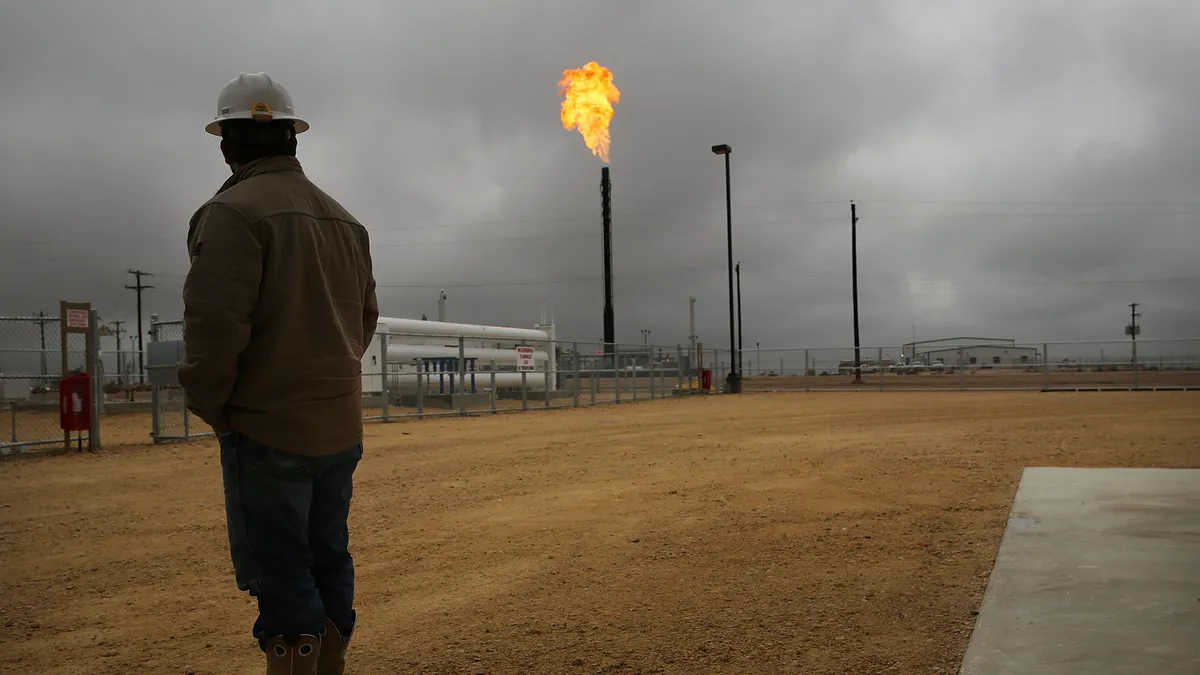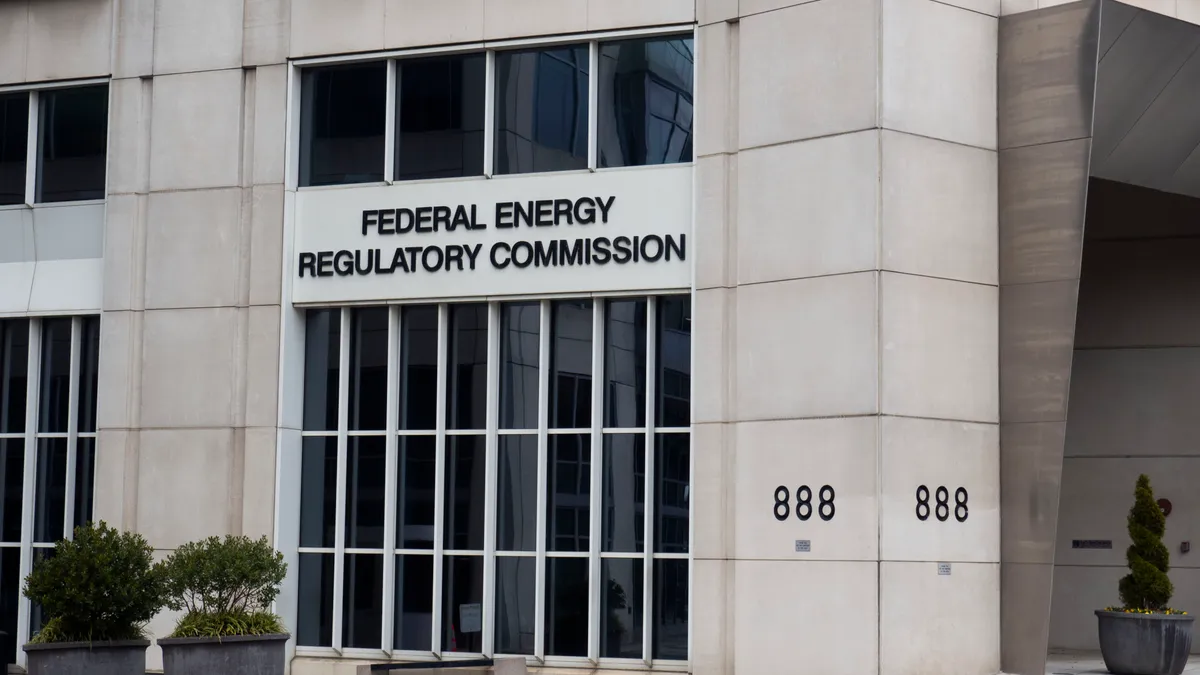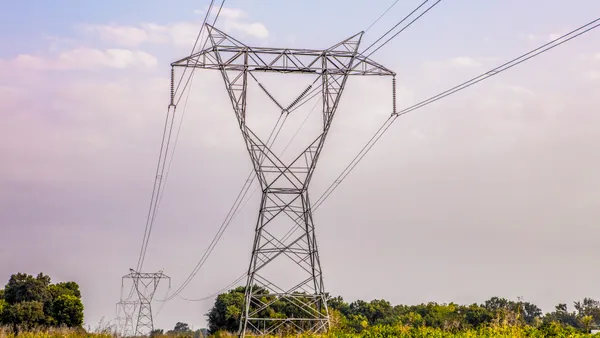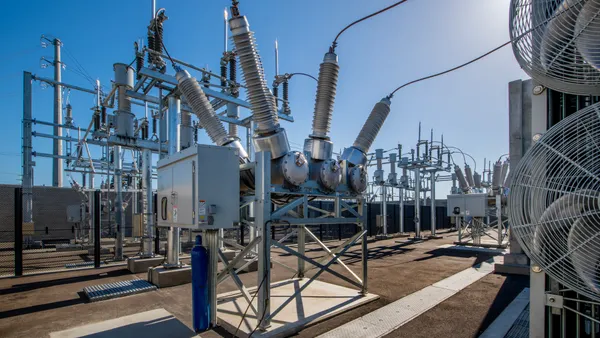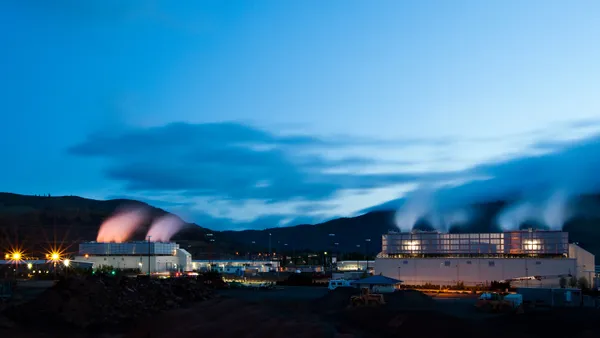Dive Summary:
- Pumped hydro storage plants can improve system-wide efficiency and reliability by allowing system operators to time-shift power generated during periods of low demand for electricity for use during high-demand periods, the U.S. Energy Information Administration reports.
- “Pumped hydro storage operates by using electrically powered turbines to force water uphill at night to fill a reservoir. During times of the day when electricity demand is high, the water is released to flow downhill through turbines to generate electricity. Although more electricity is used to force the water uphill at night than is produced when it flows downhill during the day, shifting the availability of power from overnight generation to serve daytime load adds significant value,” the EIA explains.
- Currently, there are 40 pumped storage plants operating in the United States , totaling more than 22 GW of storage capacity, about 2% of U.S. generating capacity. As of January 2012, companies have sought permits for 34 GW of pumped storage capacity.
From the article:
“…This load shifting helps reduce generation from less efficient and more expensive plants, such as combustion turbines, that would otherwise operate during peak-demand hours.”


